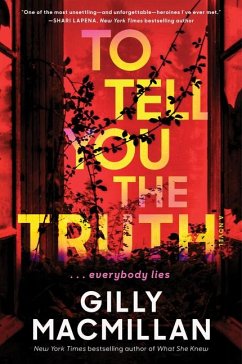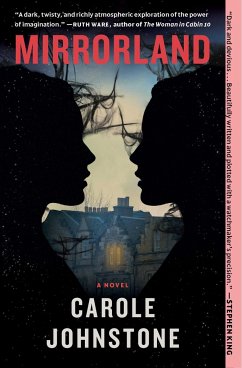
The Yellow Wallpaper by Charlotte Perkins Gilman
A Short Story Masterpiece by American Woman Writer Charlotte Perkins Gilman

PAYBACK Punkte
6 °P sammeln!
The Yellow Wallpaper by Charlotte Gilman - is a much celebrated and classic tale by one of the worlds most loved authors. This work is considered an important early work in feminist literature and one which explored issues about women's health, both physical and mental. It is an important and influential work, and a great addition to any book collection. This short story is regarded as an important early work of American feminist literature, illustrating attitudes in the 19th century toward women's health, both physical and mental. Presented in the first person, the story is a collection of jo...
The Yellow Wallpaper by Charlotte Gilman - is a much celebrated and classic tale by one of the worlds most loved authors. This work is considered an important early work in feminist literature and one which explored issues about women's health, both physical and mental. It is an important and influential work, and a great addition to any book collection. This short story is regarded as an important early work of American feminist literature, illustrating attitudes in the 19th century toward women's health, both physical and mental. Presented in the first person, the story is a collection of journal entries written by a woman whose physician husband (John) has rented an old mansion for the summer. Forgoing other rooms in the house, the couple moves into the upstairs nursery. As a form of treatment, the unnamed woman is forbidden from working, and is encouraged to eat well and get plenty of exercise and air, so she can recuperate from what he calls a "temporary nervous depression - a slight hysterical tendency", a diagnosis common to women in that period. Gilman used her writing to explore the role of women in America at the time. She explored issues such as the lack of a life outside the home and the oppressive forces of the patriarchal society. Through her work Gilman paved the way for writers such as Alice Walker and Sylvia Plath.














